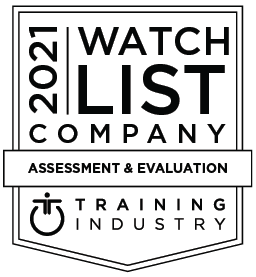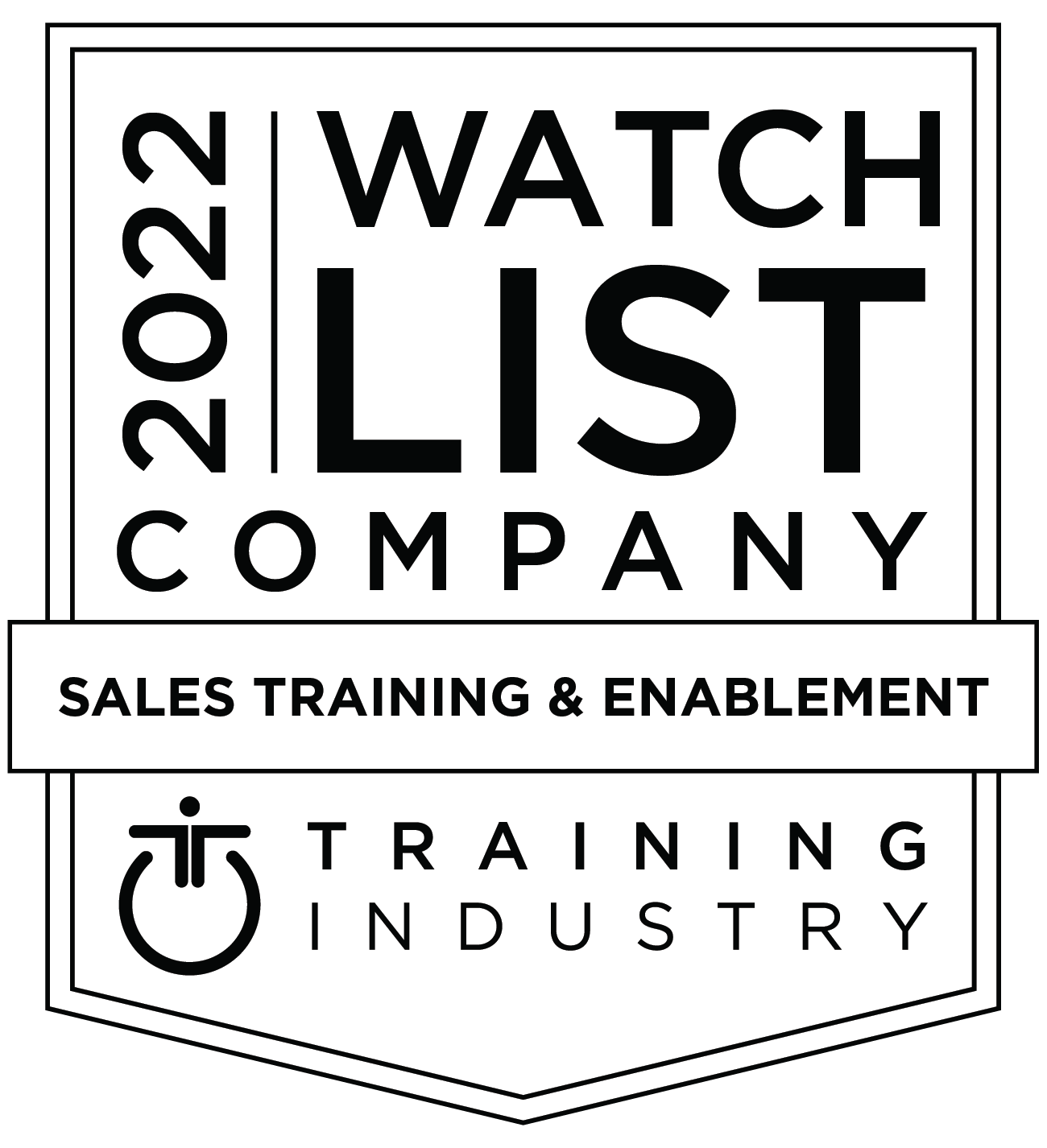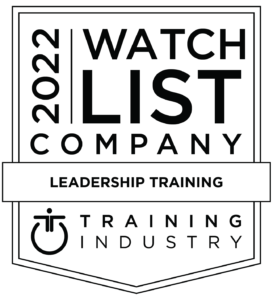Each New Year, we’re faced with clearing out the cobwebs and getting back into the swing of things. Quickly! Ready or not, you’ve probably already had to present to stakeholders or customers. And, the stakes are high. Building on my last blog post, here are some additional presentation tips to help you hone your skills and start 2016 off right.
When building slides, less is more.Limit text on your slides to the “5 x5” rule. That means, excluding your slide title or heading, keep text to a maximum of 5 lines or bullet points per slide, with no more than 5 words per line.
Alternatively, think of it this way: you have about 25 words to play with. Knowing this, you could bend the 5×5 rule and use 6 bullet points with a maximum of 4 words per line.
“But,” you protest, “I have more to say!” Consider making additional data and non-essential info available in the appendices of your slide deck. You can refer to it later during Q & A, where helpful or you can send it to your listeners later for reference.
Another way to show only your essential slides, but then easily send the full set of slides later, is to use the “Hide Slide” feature in PowerPoint.
Make virtual presentations as interactive as possible. Ask participants to use the interactive tools included in your virtual presentation software. For example, ask people to do any or all of the following:
- Click the icon to raise their hands.
- Vote in the on-screen poll.
- Type their questions or responses into the chat box.
Ask participants questions. Let them know at the start that you’ll be randomly calling on them throughout the session. A good rule of thumb is to plan some type of engaging activity every two minutes or so.
Finally, consider putting yourself on-screen when possible. Seeing you present live in a thumbnail view makes your presentation more real for participants.
Don’t forget to pause. In everyday, relaxed conversation, people may occasionally use an “um” or filler word. But, at the end of a sentence or thought, people naturally pause. It’s important to do this when giving a presentation, too.
Below are some tips to help you pause more effectively:
- Practice your presentation out loud and consciously pause at the end of every sentence for three seconds. Make sure it’s a full three seconds if you need to. This is an exaggerated pause, of course, but practicing this way will help you become aware of the pause!
- Record yourself practicing or giving a presentation and then play it back. Take note of your pauses and pace of speech. Are you talking too fast? Using too many filler words or sounds? What you hear may surprise you. Most people aren’t aware of how fast they’re talking or if they’re using too many filler words, which can make them appear to lack confidence.
- In addition to listening to yourself, try to get honest feedback from a friend or work colleague who’s heard you present. What do they think?
When it comes to delivering high-stakes presentations, it’s small things like these that can have a big impact on your audience. Now, I hope you’ll take these tips, finish clearing out those cobwebs (if you haven’t already), and make your presentations great in 2016!










